News
Revolutionizing Healthcare: The Transformative Role of Advanced Touch Panels in Medical Devices
Revolutionizing Healthcare: The Transformative Role of Advanced Touch Panels in Medical Devices
Table of Contents
- Introduction: How Touch Panels Are Revolutionizing Healthcare
-
Understanding Touch Panel Technology
2.1 What Are Touch Panels?
2.2 Types of Touch Panels: Capacitive, Resistive, and Beyond -
Touch Panels in Medical Devices: Enhancing Efficiency and Interaction
3.1 Redefining User Experience for Healthcare Professionals
3.2 Empowering Patient Interaction and Engagement -
Advantages of Advanced Touch Panels in Medical Environments
4.1 Enhancing Accuracy and Reducing Errors
4.2 Simplifying Workflow in Critical Settings -
Pioneering Applications of Touch Panels in Healthcare
5.1 Diagnostic Equipment: Ultrasound, MRI, and Beyond
5.2 Patient Monitoring Systems: Real-Time Vital Sign Management
5.3 Surgical Systems: Precision Navigation and Control -
Challenges in Implementing Touch Panels in Healthcare
6.1 Meeting Hygiene and Durability Standards
6.2 Overcoming Technical and Integration Barriers -
Future Innovations in Touch Panel Technology for Healthcare
7.1 AI and Predictive Analytics Integration
7.2 Haptic Feedback for Enhanced Interaction
7.3 AR and VR Applications for Medical Procedures - FAQs: Common Questions About Touch Panels in Healthcare
- Conclusion: A Digital Leap Forward in Healthcare
1. Introduction: How Touch Panels Are Revolutionizing Healthcare
Advanced touch panel technology has dramatically improved the functionality and usability of medical devices. By providing intuitive interfaces and real-time interactivity, these panels empower healthcare professionals to deliver higher-quality care and enable patients to engage more effectively with their treatment plans.
2. Understanding Touch Panel Technology
2.1 What Are Touch Panels?
Touch panels are interactive display systems that respond to touch input, offering a seamless way to navigate and control devices.
2.2 Types of Touch Panels: Capacitive, Resistive, and Beyond
- Capacitive Panels: Known for multi-touch capabilities and high sensitivity, making them ideal for high-precision applications.
- Resistive Panels: Durable and cost-effective, suitable for rugged environments.
- Infrared and Optical Panels: Deliver precise interaction and durability, often used in large-scale systems.
3. Touch Panels in Medical Devices: Enhancing Efficiency and Interaction
3.1 Redefining User Experience for Healthcare Professionals
Touch panels simplify complex operations with clear interfaces, reducing training time and enabling faster adaptation to new devices.
3.2 Empowering Patient Interaction and Engagement
Interactive displays on medical devices allow patients to view, understand, and even interact with their health data, improving patient empowerment and satisfaction.
4. Advantages of Advanced Touch Panels in Medical Environments
4.1 Enhancing Accuracy and Reducing Errors
Eliminating traditional input methods like keyboards ensures fewer data entry mistakes and faster access to vital information.
4.2 Simplifying Workflow in Critical Settings
From accessing patient records to adjusting device settings, touch panels streamline multiple processes, ensuring medical professionals can focus more on care delivery.
5. Pioneering Applications of Touch Panels in Healthcare
5.1 Diagnostic Equipment: Ultrasound, MRI, and Beyond
Touch-enabled diagnostic devices improve the accuracy of imaging procedures, making the experience smoother for both technicians and patients.
5.2 Patient Monitoring Systems: Real-Time Vital Sign Management
Customizable touchscreen displays provide real-time insights, ensuring timely interventions and better patient outcomes.
5.3 Surgical Systems: Precision Navigation and Control
Surgeons benefit from touch panels integrated into navigation systems, which provide intuitive control and enhanced precision during procedures.
6. Challenges in Implementing Touch Panels in Healthcare
6.1 Meeting Hygiene and Durability Standards
Healthcare touch panels must endure rigorous cleaning without compromising functionality. Materials and coatings designed for medical-grade hygiene are essential.
6.2 Overcoming Technical and Integration Barriers
Ensuring seamless compatibility with existing medical systems remains a critical challenge. Reliable calibration and software integration are key to success.
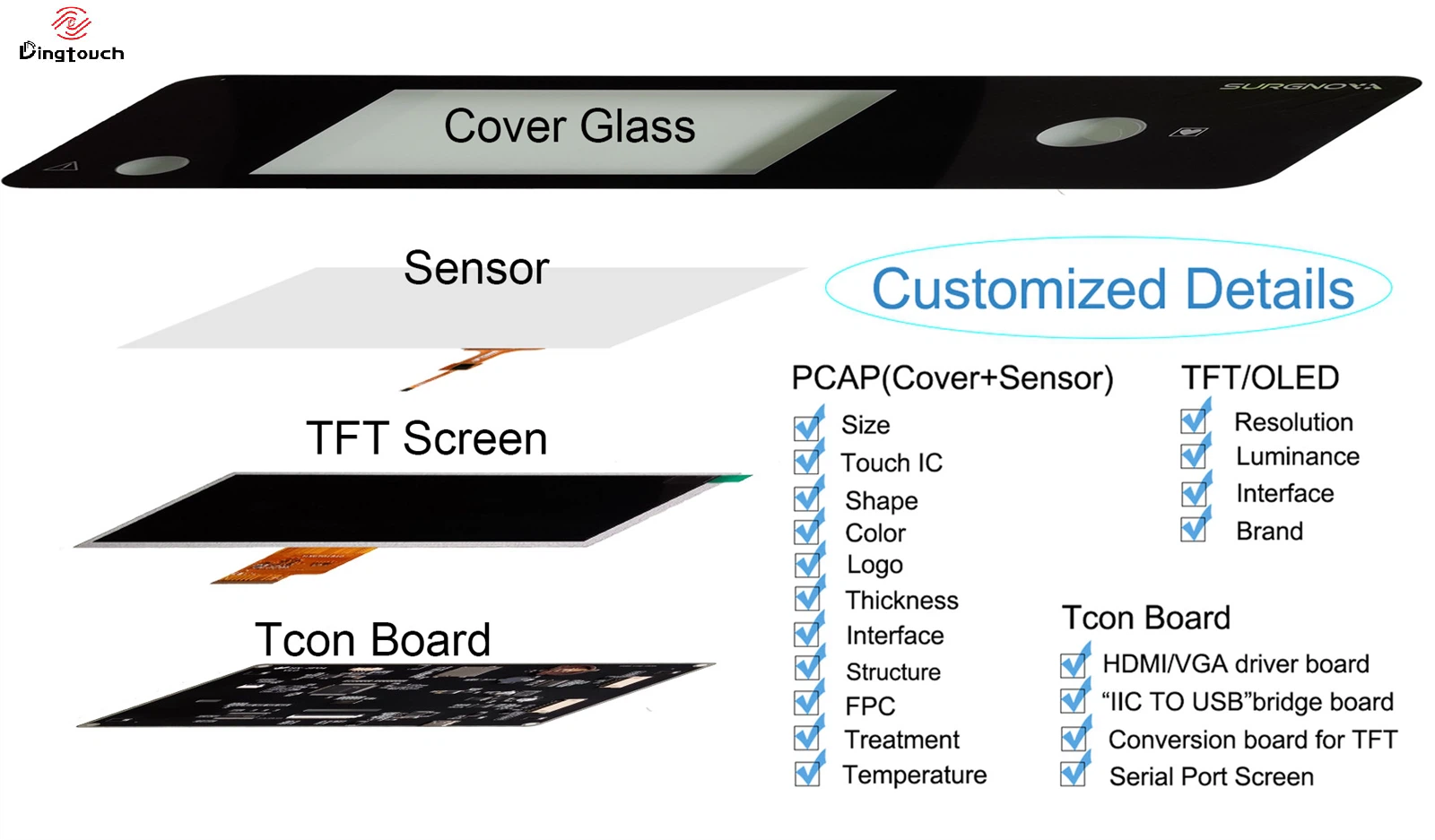
7. Future Innovations in Touch Panel Technology for Healthcare
7.1 AI and Predictive Analytics Integration
Touch panels paired with AI will offer predictive insights, enhancing diagnostics and treatment planning.
7.2 Haptic Feedback for Enhanced Interaction
Tactile responses on touch panels will allow users to "feel" interactions, improving precision in critical applications.
7.3 AR and VR Applications for Medical Procedures
Touch panels combined with AR/VR will assist in complex surgeries by overlaying real-time data and anatomical details.
8. FAQs: Common Questions About Touch Panels in Healthcare
-
What are the key benefits of touch panels in medical devices?
They enhance usability, reduce errors, and improve both patient and clinician interaction. -
Can touch panels withstand medical cleaning protocols?
Yes, specially designed panels are resistant to harsh cleaning agents and frequent disinfection.
9. Conclusion: A Digital Leap Forward in Healthcare
Touch panels are no longer just a luxury—they are a necessity for modern medical devices. From diagnostic tools to surgical systems, they enhance efficiency, accuracy, and patient satisfaction. With advancements on the horizon, healthcare organizations must embrace this technology to stay at the forefront of innovation.
For over a decade, Dingtouch has specialized in custom touch screen solutions tailored to diverse industries, including healthcare. Learn more about our cutting-edge solutions at www.szdingtouch.com or reach out to us at sales@szdingtouch.com for personalized assistance.
DINGTouch : Committed to continuous innovation and improvement of product quality to meet customers' high requirements and expectations.
DINGTouch is a manufacturer that provides high quality touch screen panels. Focus on the design, manufacturing and sales of touch screen panels, and are committed to providing customized solutions that satisfy customers.
DINGTouch: In the process of customizing touch screen panels, we focus on close cooperation and communication with customers. Understanding customers' needs and providing customized solutions will meet customers' individual needs. The company's products are favored by customers for their high quality and reliability, and provide them with the best touchscreen panel solutions.
At DINGTOUCH, we are the world's leading touchscreen manufacturer, helping businesses around the world take advantage of this exciting technology. For more information, please visit the home page now.
Find the DINGTouch technical team to achieve the success of your company's new project.
How to choose touch screen customization?
DINGTouch is a company specializing in the R&D and production of touch screen technology, headquartered in Shenzhen, China. As a professional touch screen supplier, DINGTouch is committed to providing high-quality, stable and reliable touch screen products to meet the diverse needs of customers. We continue to carry out technological innovation and product optimization to ensure that its touch screen products have good sensitivity, accuracy and durability.
In addition to the products themselves, we also focus on cooperation and communication with customers, and are committed to providing customized solutions and excellent after-sales services. Through continuous efforts to improve product quality and customer satisfaction, we have established a good reputation in the touchscreen industry and won widespread market recognition.
What DINGTOUCH can do:
• PCAP maximum size 65”
• Multi-touch (Touch screen can be customized to your needs.)
• Optical bonding service/air bonding
• LCD interface: HDMI/RGB/MIPI/LVDS/EDP, etc.
• PCAP interface: IIC/USB interface
• CTP can customize the cover glass surface treatment process AG (anti-glare), AR (anti-reflection), AF (anti-fingerprint), waterproof, and glove touch
• Supports 0.55 mm-12 mm coverslip touch.
• Support operating temperature: -40℃-90℃.
Dingtouch Industrial Capacitive Touch Screen Manufacturer
In conclusion, Dingtouch as a professional touch screen manufacturer with more than 10 years touch screen experience.We have many capacitive touch screen. Such as5 inch touch screen,7 inch touch screen,10.1inch touch screen,15 inch touch screen,15.6 inch touch screen,17 inch touch screen,18.5 inch touch screen,19 inch touch screen,21.5 inch touch screen,32 inch touch screen, However, we also welcome to customize your own touch screen . Contact our team today to learn what capacitive touch screen are best for our retail business needs.
Contact us NOW! sales@szdingtouch.com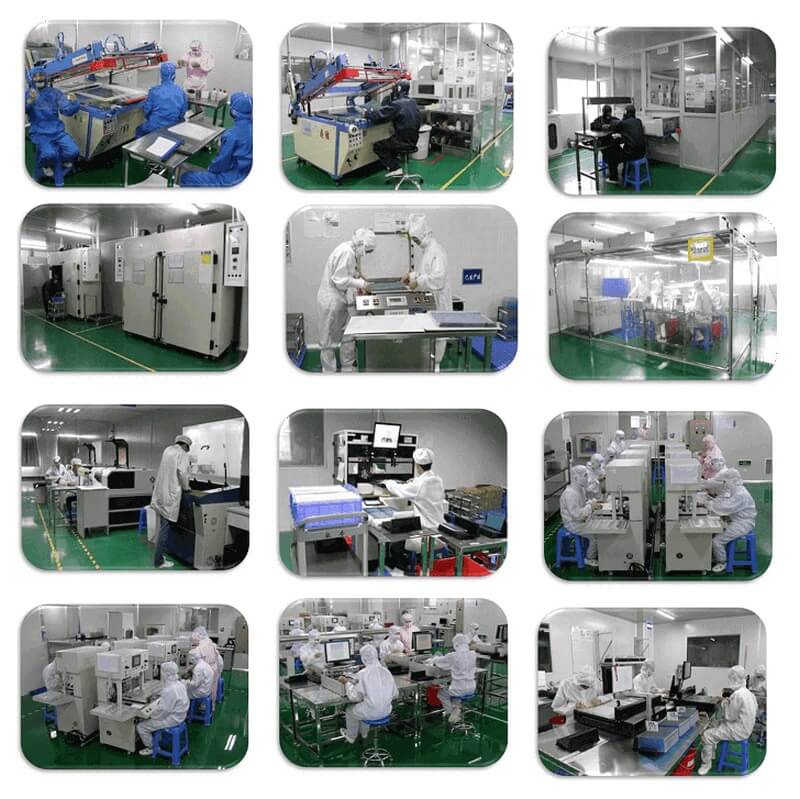

CATEGORIES
CONTACT US
Contact: Dingtouch
Phone: +8615815536116
Tel: +8615815536116
Email: sales@szdingtouch.com
Add: Building A, Bailu Plaza, No. 48, Gonghe Industrial Road, Gongle Community, Xixiang Street, Baoan District, Shenzhen,China. 518126
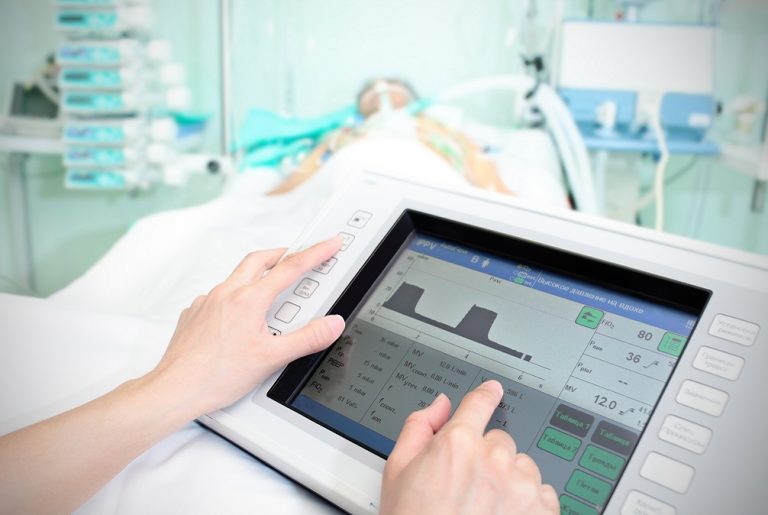
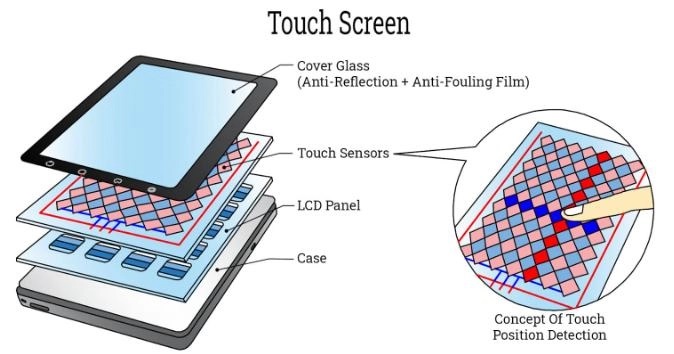



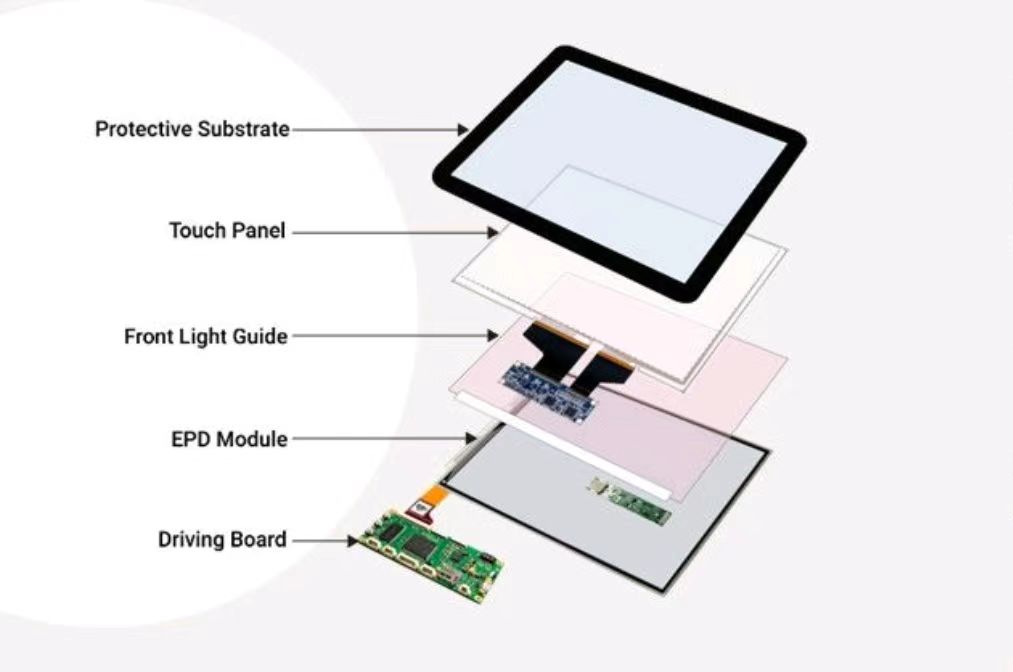


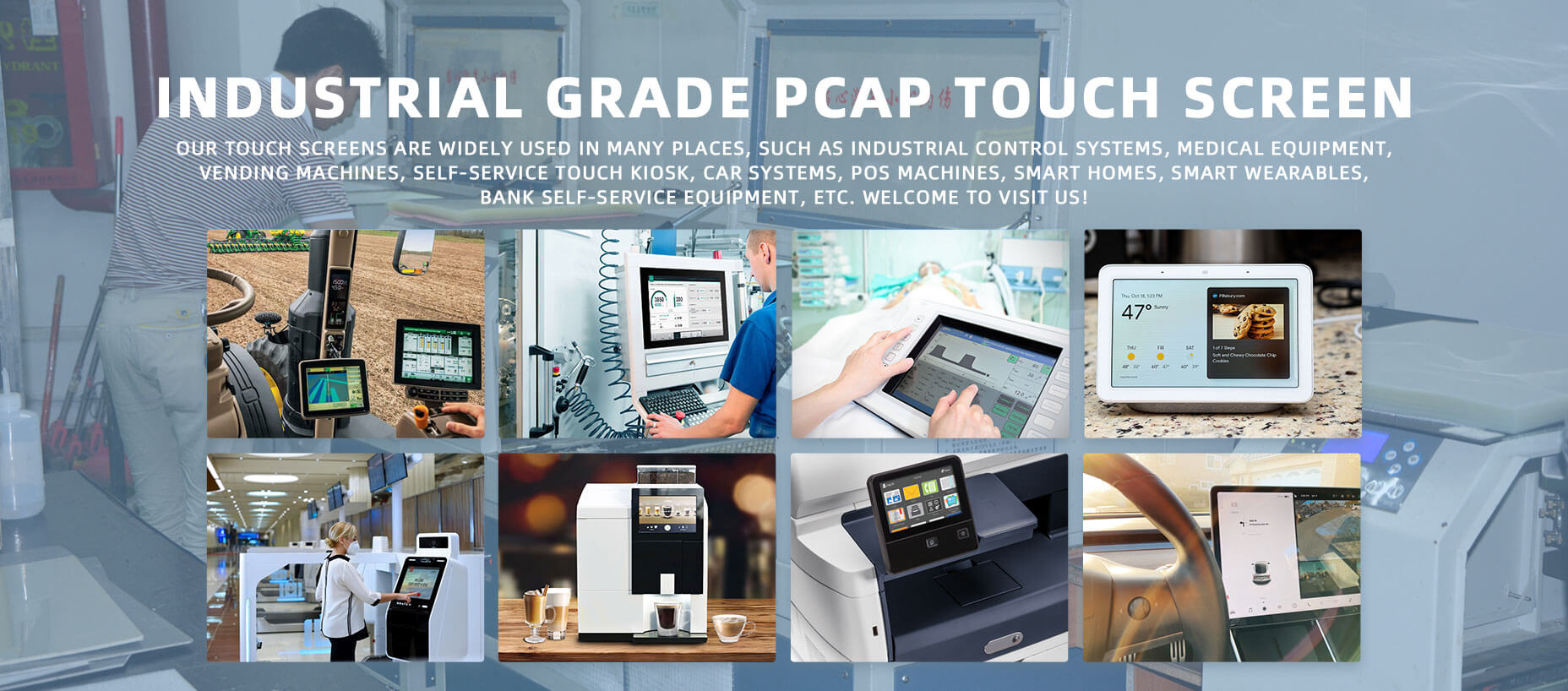
 Dingtouch
Dingtouch